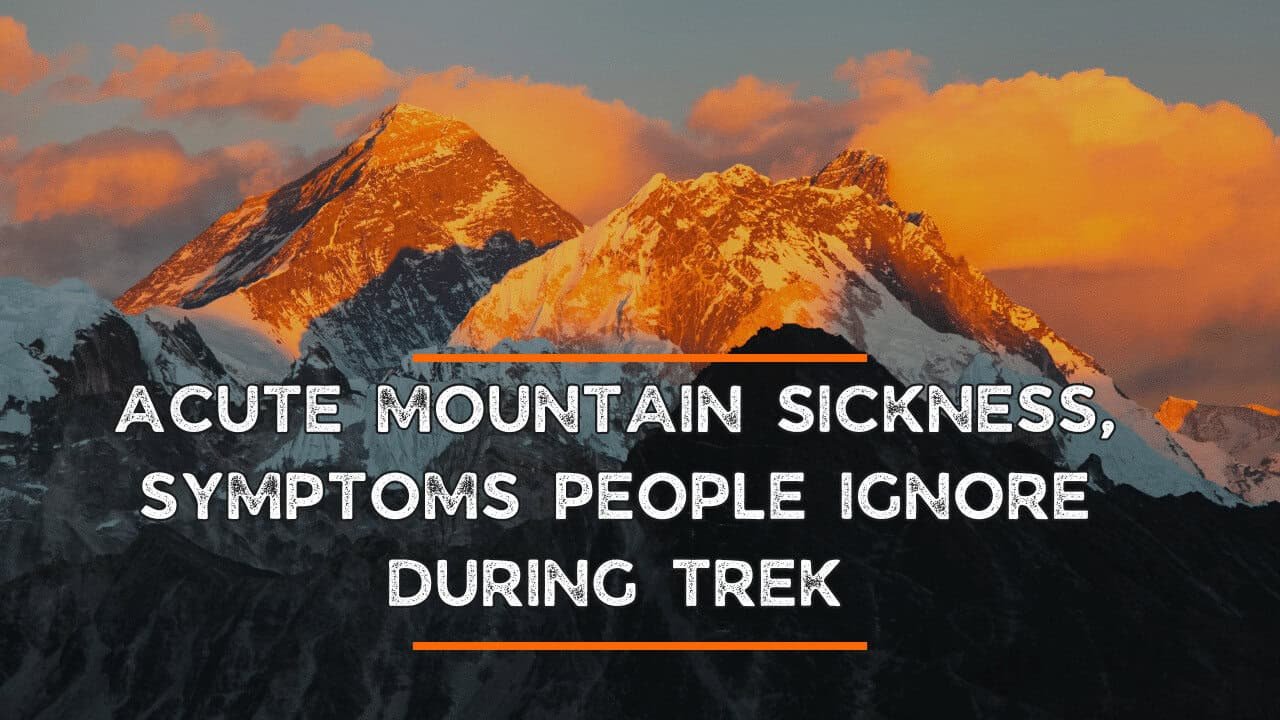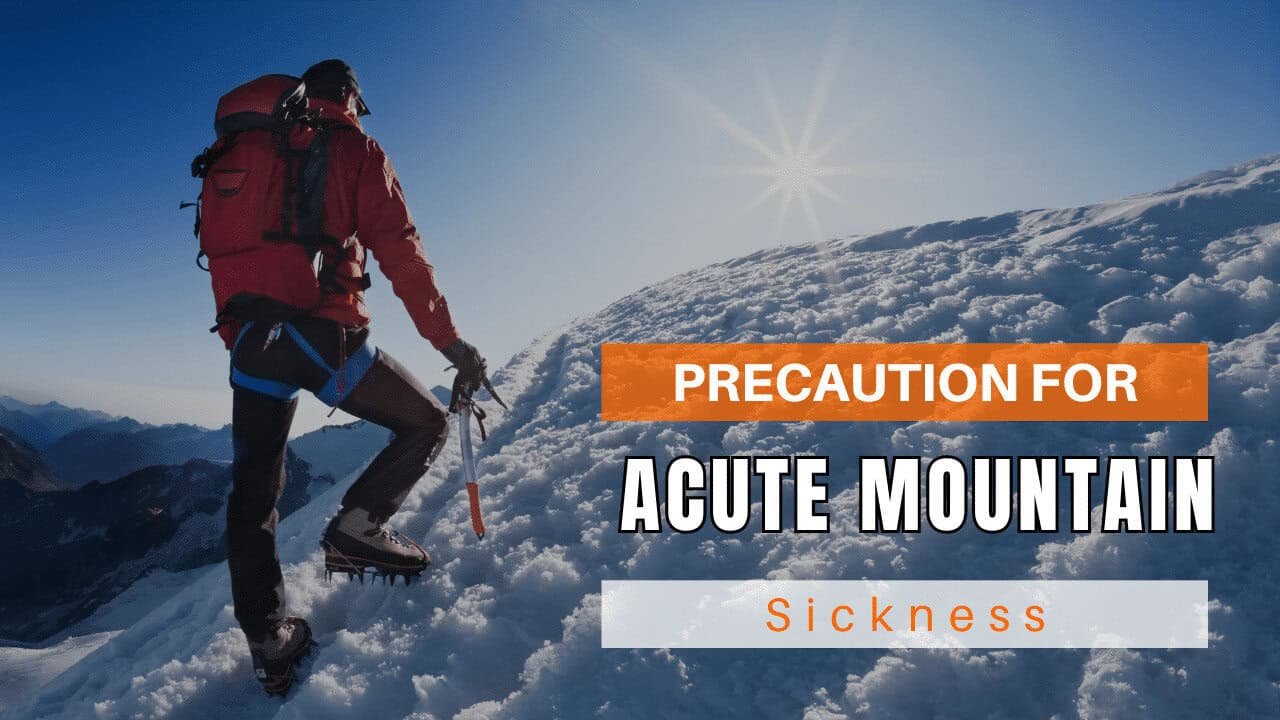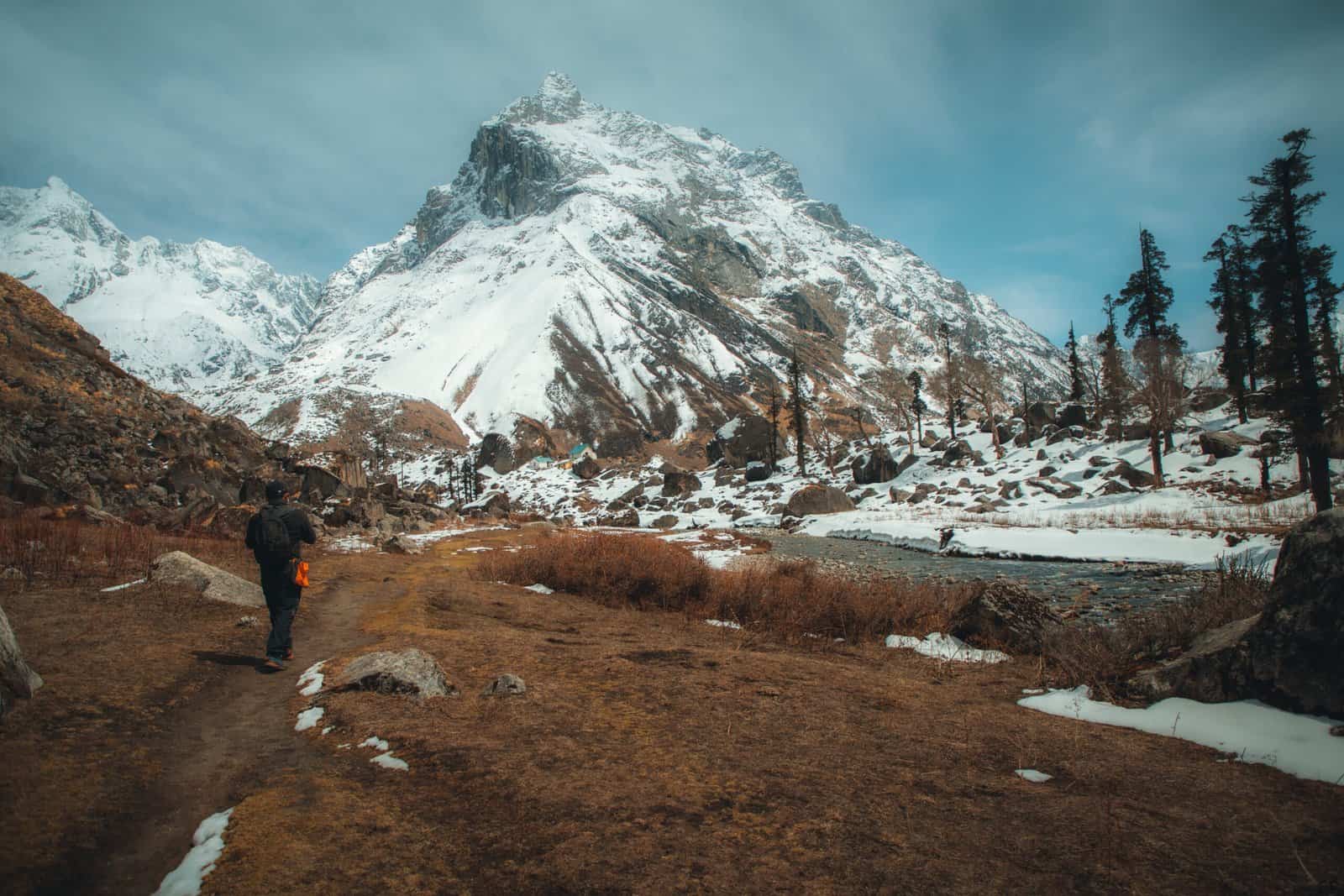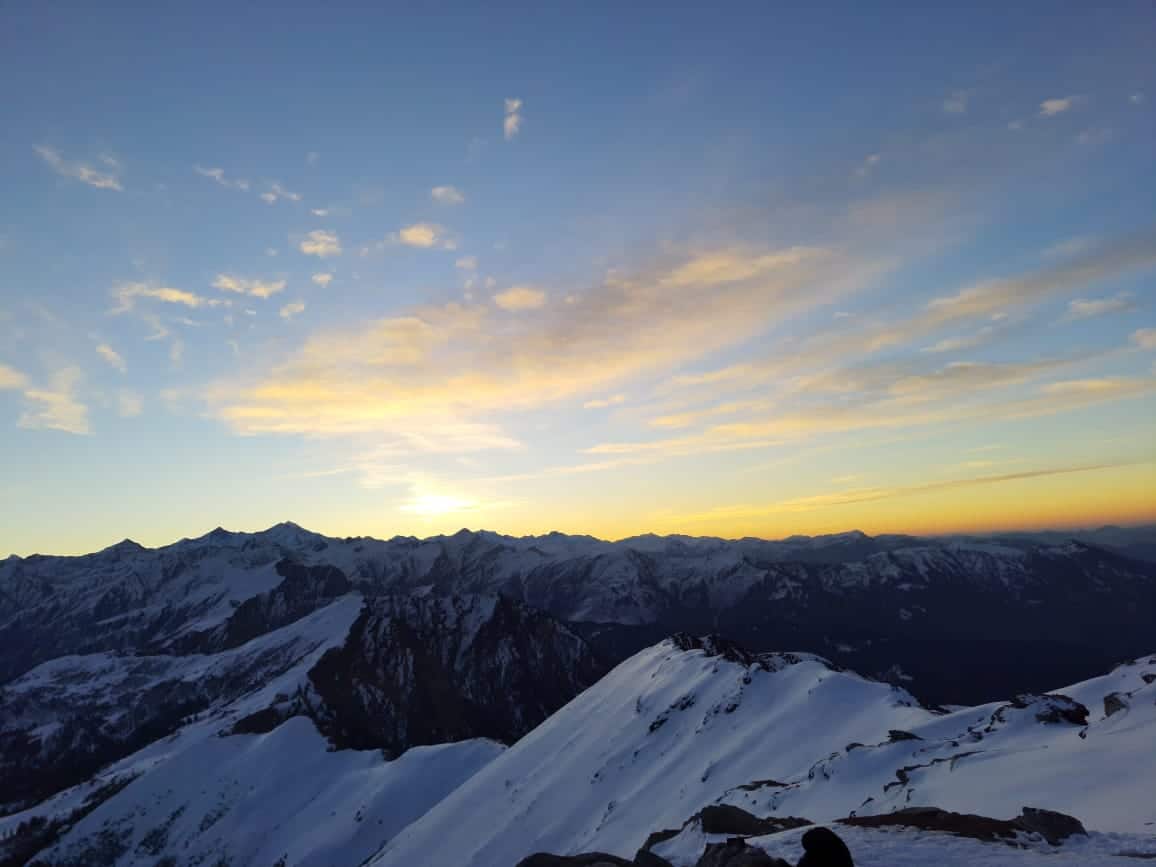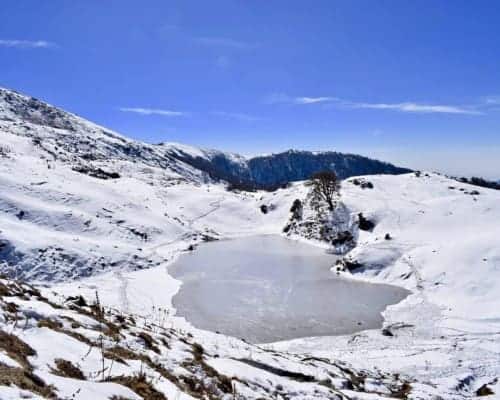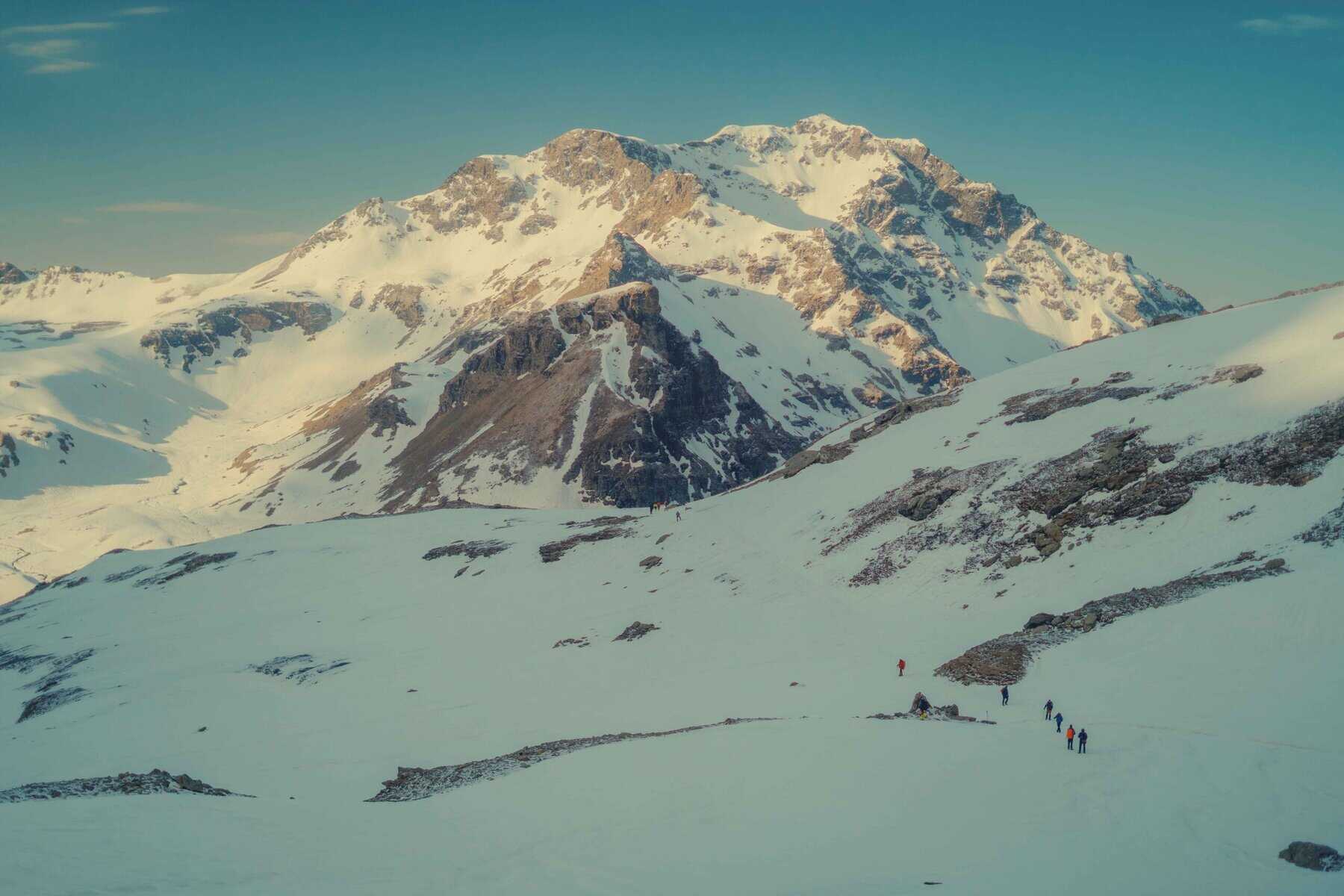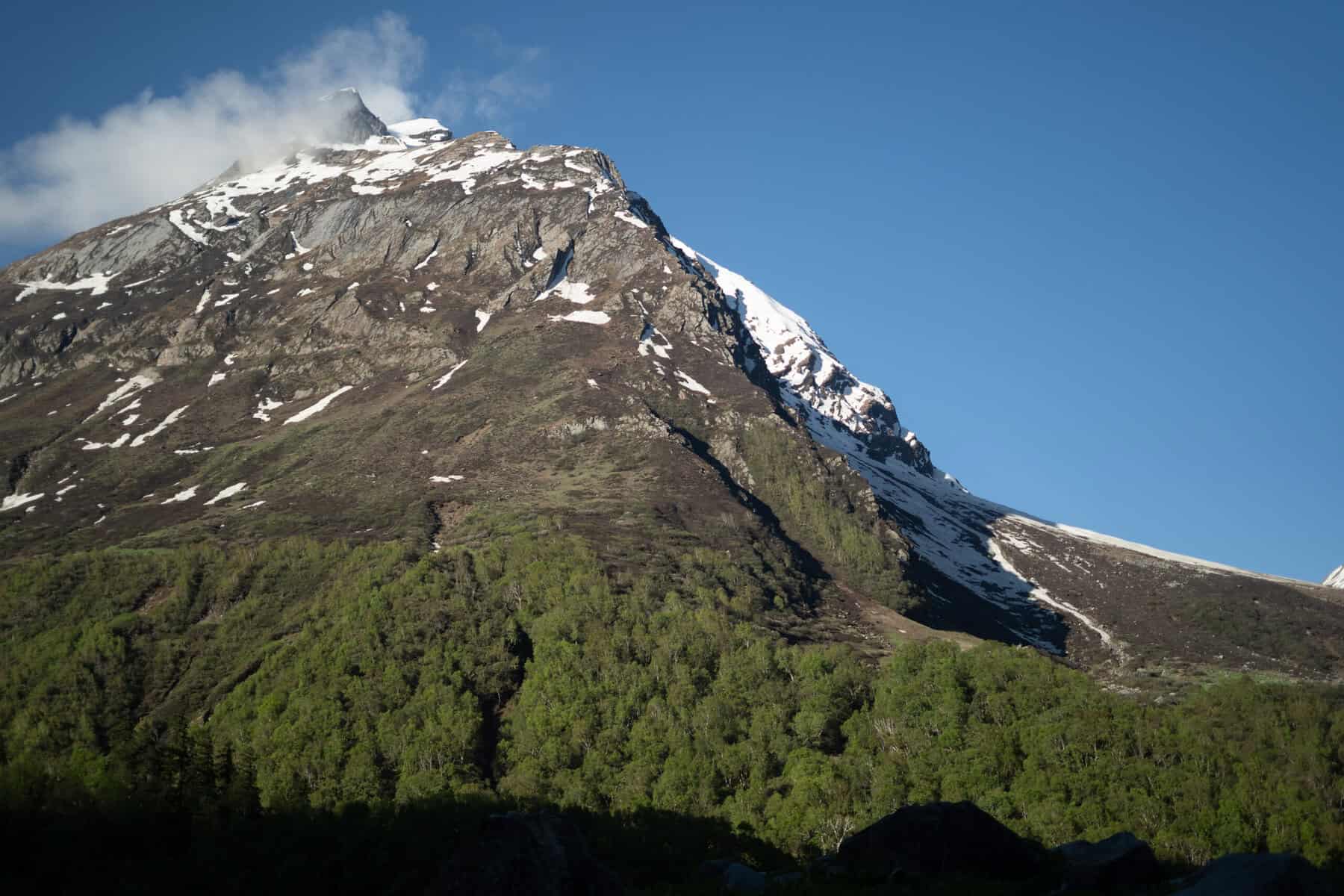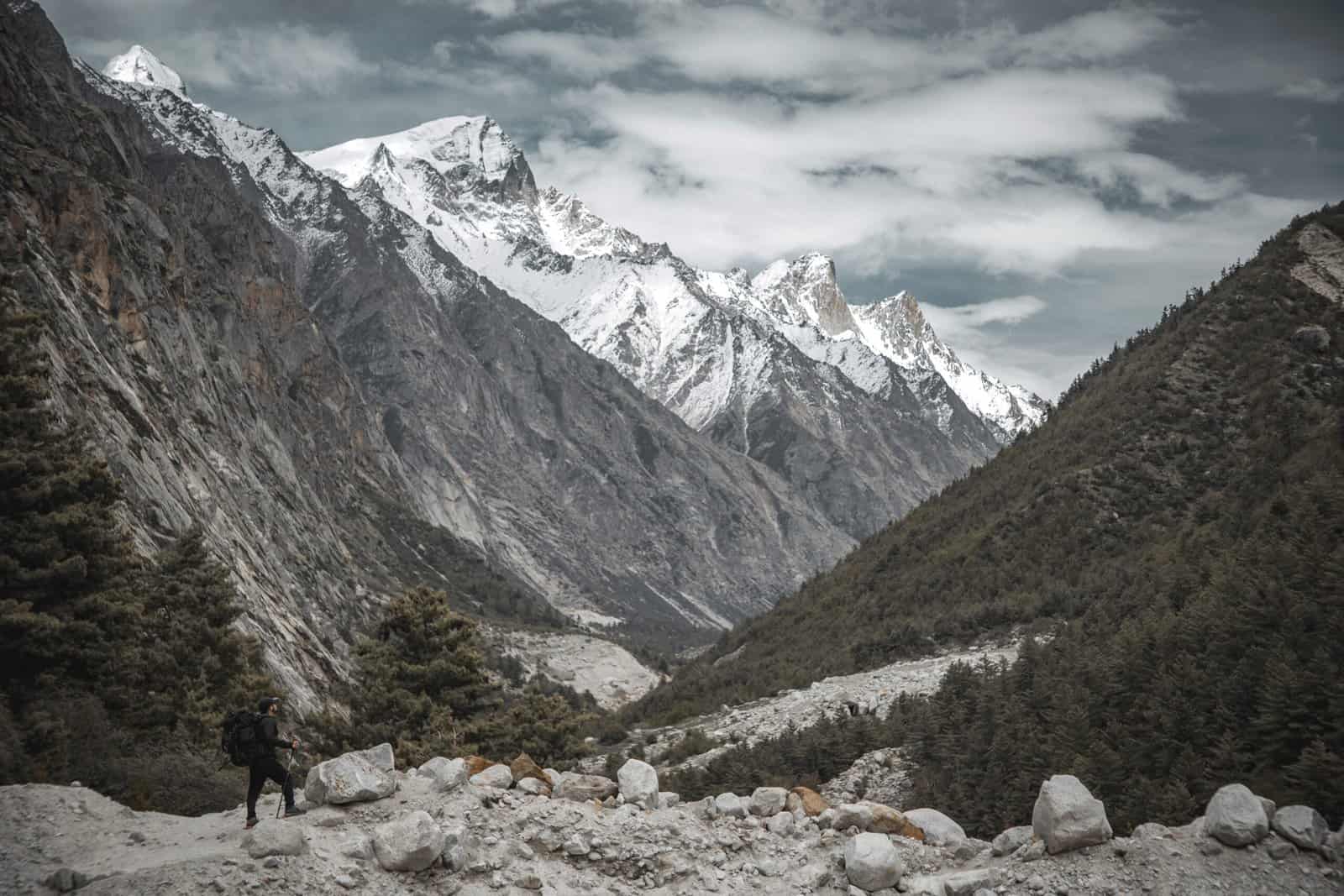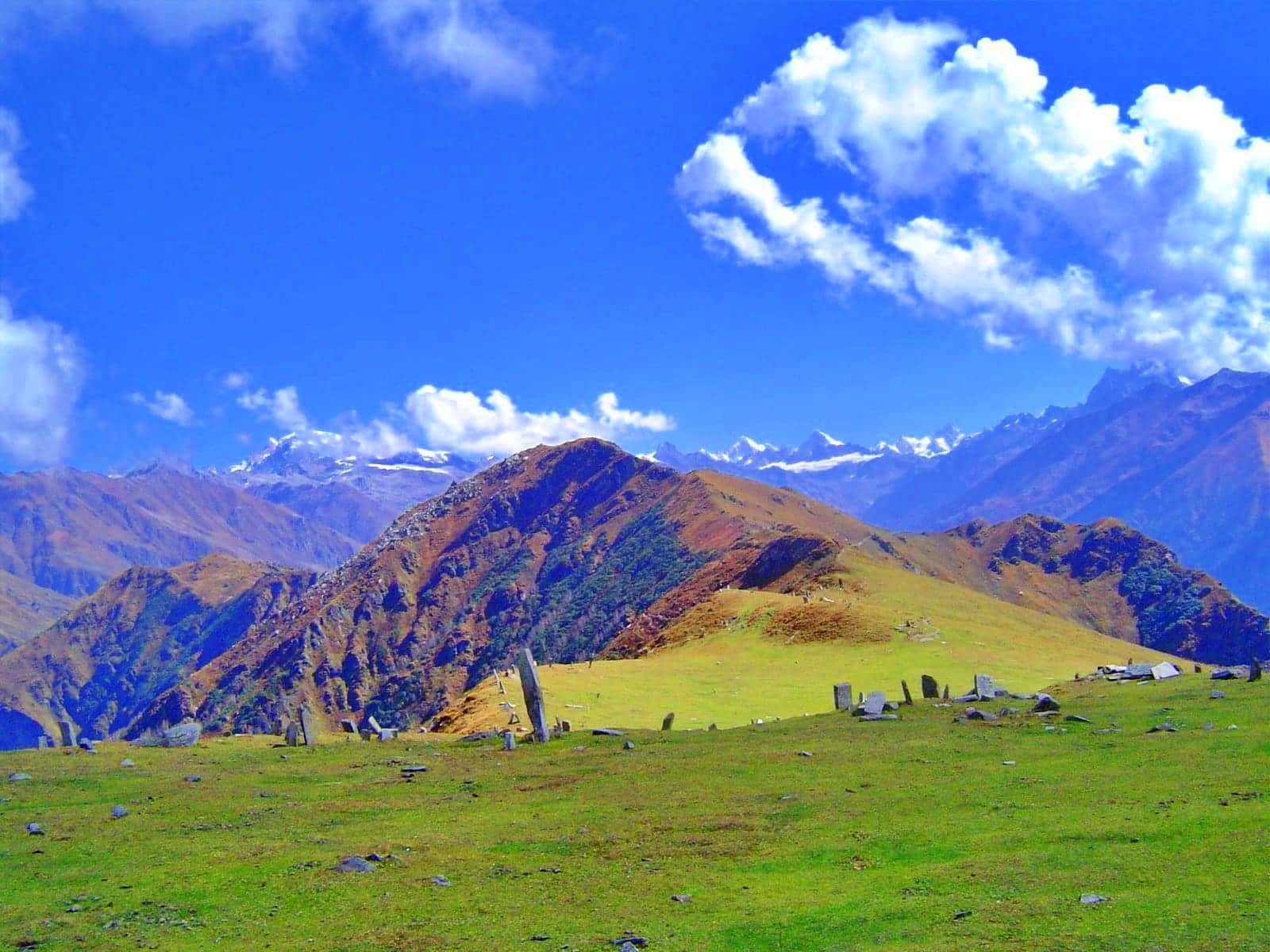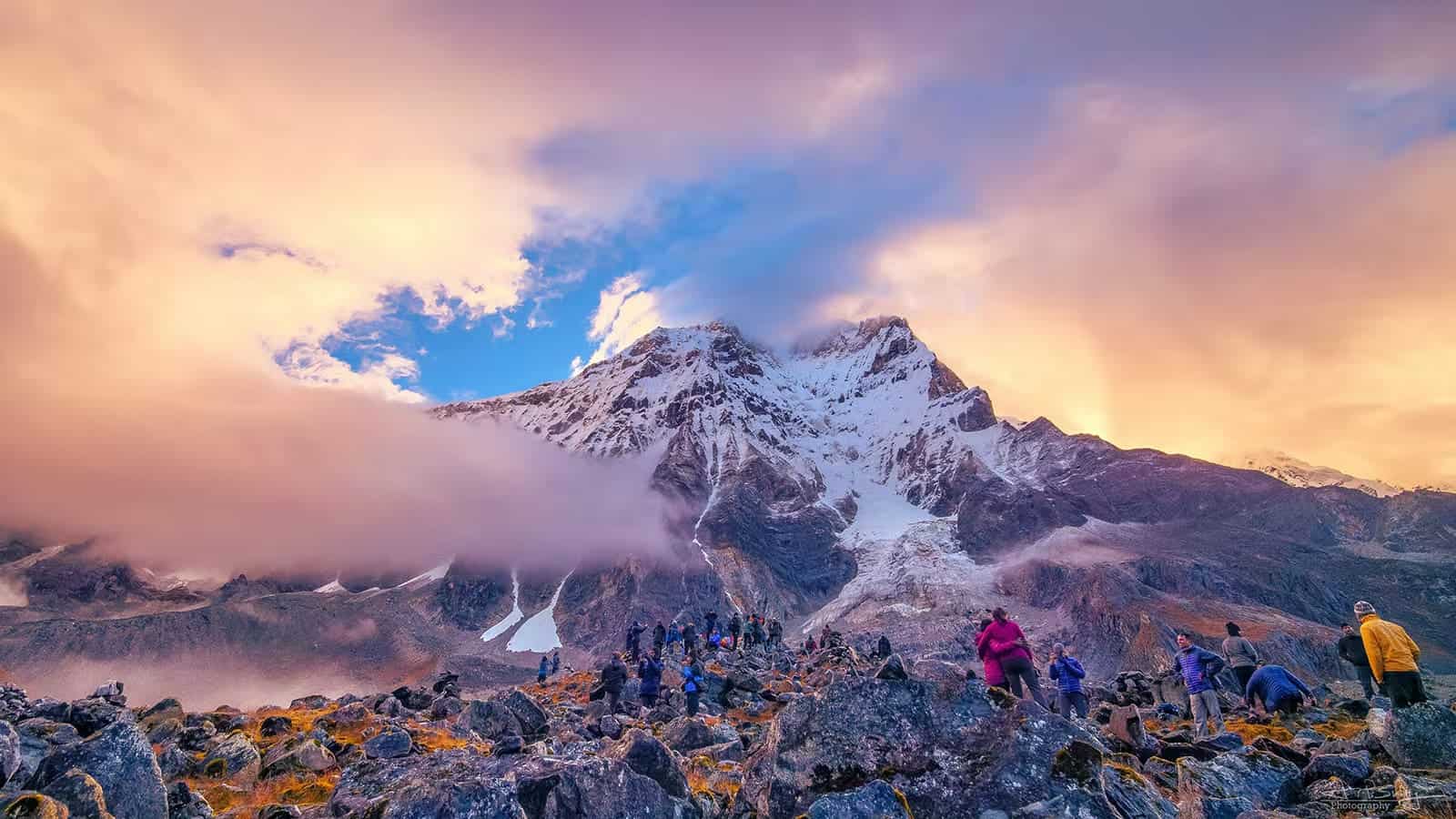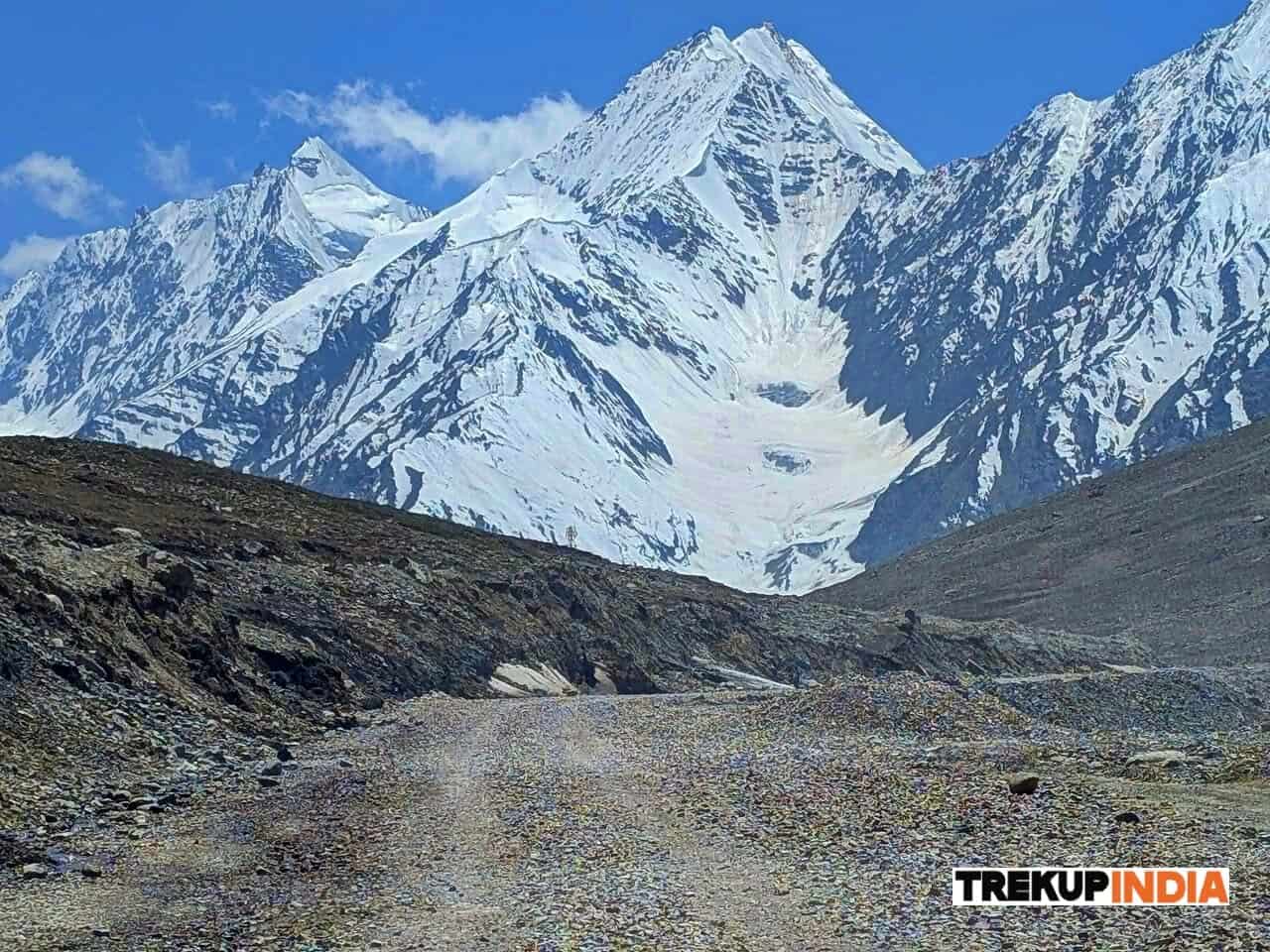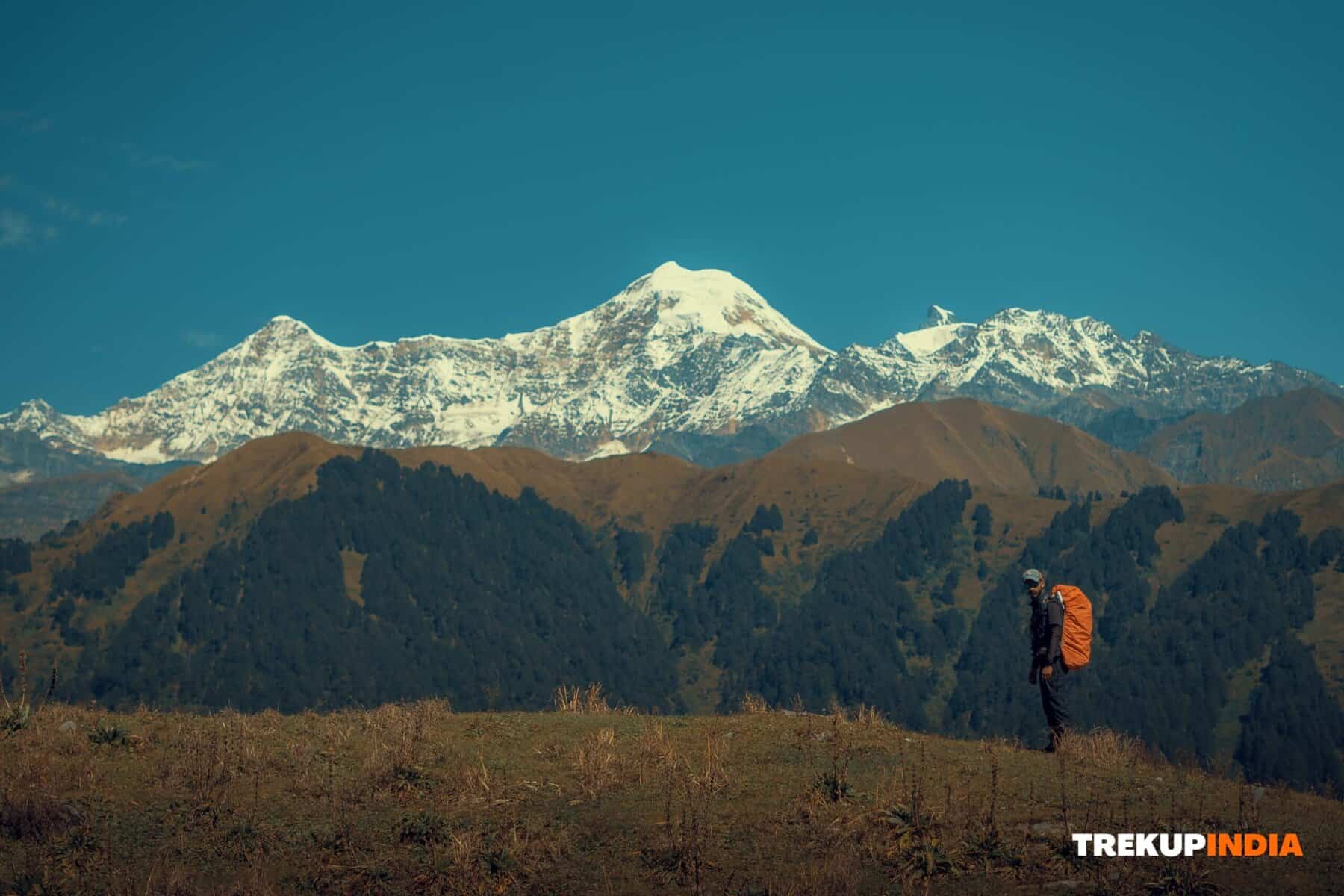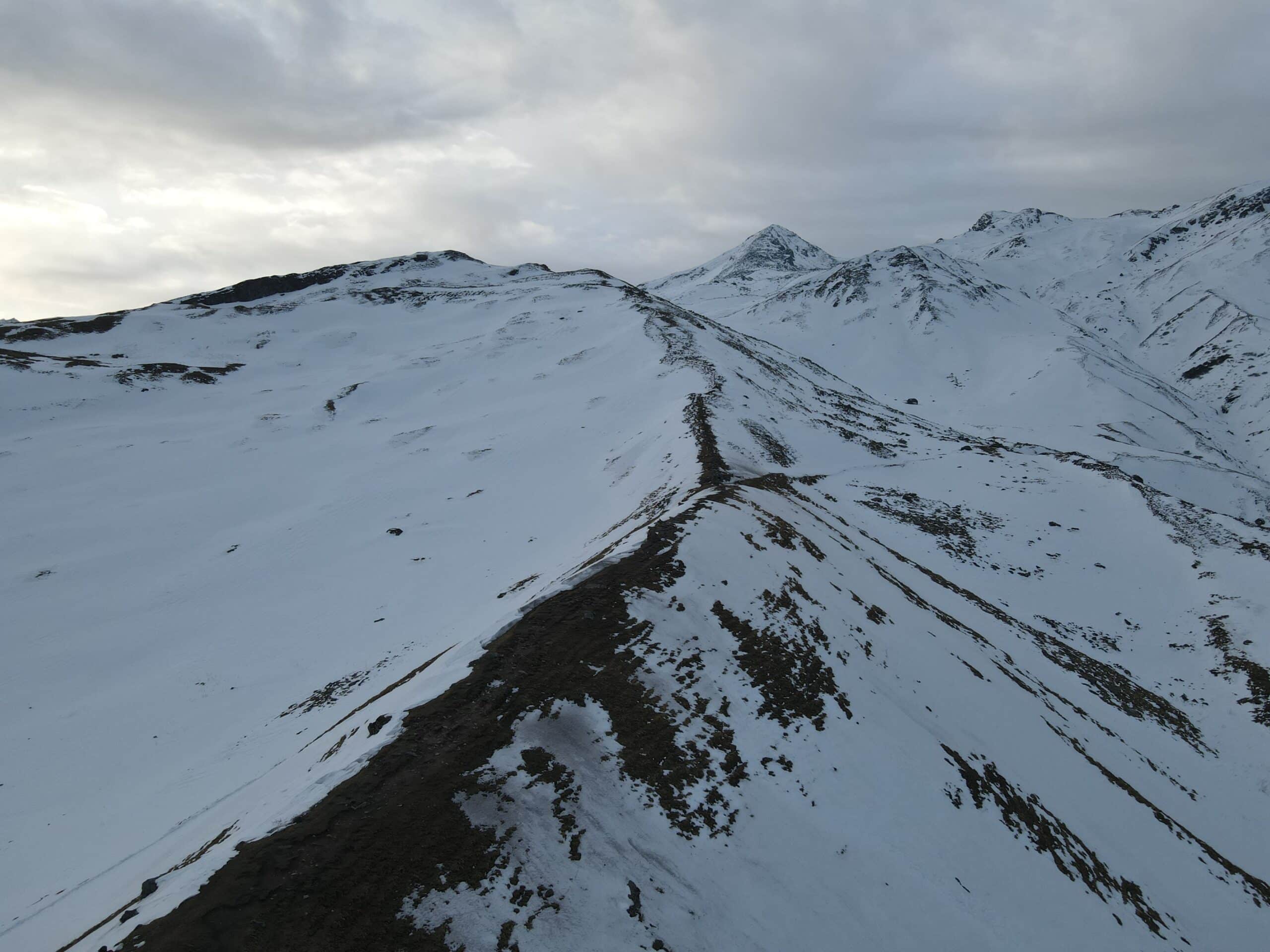What Are Chilblains? Causes, Symptoms & How to Prevent Them
Trekking in the cold can be an amazing experience, with fresh mountain air and frost underfoot. But winter excursions also pose certain health hazards, including lesser-known conditions like Chilblains that can easily be overlooked. If you have experienced itchy, inflamed or puffy skin after exposure to cold temperatures then chances are good you have already encountered Chilblains firsthand – in this article we’ll explore their causes and symptoms, particularly for those venturing out into cold climates for trekking or trekking purposes.
Are You Unfamiliar With Chilblains and Wonder What Their Connection Is to Trekking?
Explore Here. If you are unfamiliar with the term ‘chilblain’ and wondering about its relevance to trekking, it is essential that you become informed on this condition and its prevention measures. Chilblains are uncomfortable skin swellings which may become itchy, painful, and red or blue due to sudden temperature changes; although most Indian trekkers likely won’t experience Chilblains regularly, all knowledge on their causes and prevention must be crucial! Although most Indian trekkers may never encounter Chilblains, it remains important that all are informed.
Symptoms of Chilblains
Chilblains can be identified by bumpy, itchy structures ranging in colour from reddish to purplish that are itchy and typically bumpy on their surfaces. Left untreated, Chilblains can lead to infection or ulcers with severe pain as a result, as well as persistent itching and numbness in affected areas. If left untreated for too long, they may even progress into Frostbite, where tissues beneath the skin freeze over due to constricted blood vessels near the surface that constrict blood vessels, then dilate when suddenly exposed to heat, which leakage of blood into surrounding tissues resulting in Chilblains being formed in one area only!
Cause
Certain individuals and groups are at higher risk of Chilblain intake, causing blood vessels to constrict, such as females and minors who consume too much caffeine; those who have a low body mass index; as well as individuals diagnosed with Raynaud’s disease, which affects circulation to extremities. Wearing improperly fitting footwear increases the risk of Chilblains. Therefore, it is imperative to pay close attention to your feet during a trek to reduce this condition and take preventative steps as soon as possible to lower the chance of Chilblains occurring.
Here are some strategies to stay away from Chilblains
- Staying hydrated can help make quitting smoking easier, as drinking enough water helps flush nicotine out through urine. Physical activity also plays a part in clearing away toxins from your body, while eating antioxidant-rich fruits such as oranges can support natural detoxification processes in the body and flush nicotine out more quickly.
- To avoid discomfort and the potential risk of chilblains, select shoes and boots with a wide enough forefoot space that won’t constrict your feet. Ill-fitting footwear may lead to painful blisters; therefore, shoes must be broken in before embarking on any trek or trek. Consuming at least one warm meal daily is key to helping regulate your internal body temperature and protect yourself against sudden temperature drops.
- Always have an extra pair of socks on hand so your socks dry regularly and remain at an optimum level for use. Hang them under clothing during the daytime and around your chest inside your sleeping bag at night to dry properly. It is wise to always keep at least an extra pair on hand!
- Make sure to always sleep with warm, dry feet. Adherence to this guideline is of utmost importance – even one night of wearing damp and cold socks could erode all of the progress made over recent days. If possible, keep a small towel for drying your feet after each shower session.
- Start early and stop before evening – Follow nature’s natural rhythm on your trek by starting early and stopping before nightfall to take advantage of the sun’s heat while avoiding chillier temperatures. Additionally, this approach gives ample time for foot care – no need to postpone this task until bedtime; immediately switch into dry socks upon reaching a campsite to begin drying your footwear and socks that have become moist from walking!
- Regular foot checks are key throughout the day in high-altitude conditions, particularly if mountain sickness has compromised communication between brain and body, making it hard to detect chilblains. Make it part of your routine to frequently examine your feet for any sign of discomfort or damage to ensure optimal performance.
Chilblains may not be harmful, but they do serve as an unpleasant signpost of our body’s response to severe conditions. By taking some preventative steps and being aware, cold-weather adventures can be enjoyed without discomfort or irritation – so keep warm, dry, and enjoy trekking!
About Author

Anoop Rawat (Admin TrekUp India)
Anoop has worked for 5 years as a Trek Leader with TrekUpIndia, leading numerous treks across the diverse and challenging terrains of Uttarakhand and Himachal Pradesh. He holds a degree in Geology with a specialization in Geographic Information Systems (GIS) from UPES Dehradun. During his academic years, he actively applied his classroom knowledge in the field—most notably by contributing to a glacier research project on the Jundar Glacier in the Har Ki Dun Valley, Uttarakhand. Write Anoop at anoop@trekupindia.com
Share this article
Dates For Upcoming Treks
Want To Trek Like Pro?
Basically, watch these videos if you want to trek the same way professional trekkers do and make your skills better. These videos contain useful tips and techniques to further improve your trekking skills itself. These videos actually help both new and experienced trekkers improve their trekking skills. These videos definitely provide useful tips that make your trek better. We are seeing that these videos by Trekup India experts will only help you make your trekking skills better.

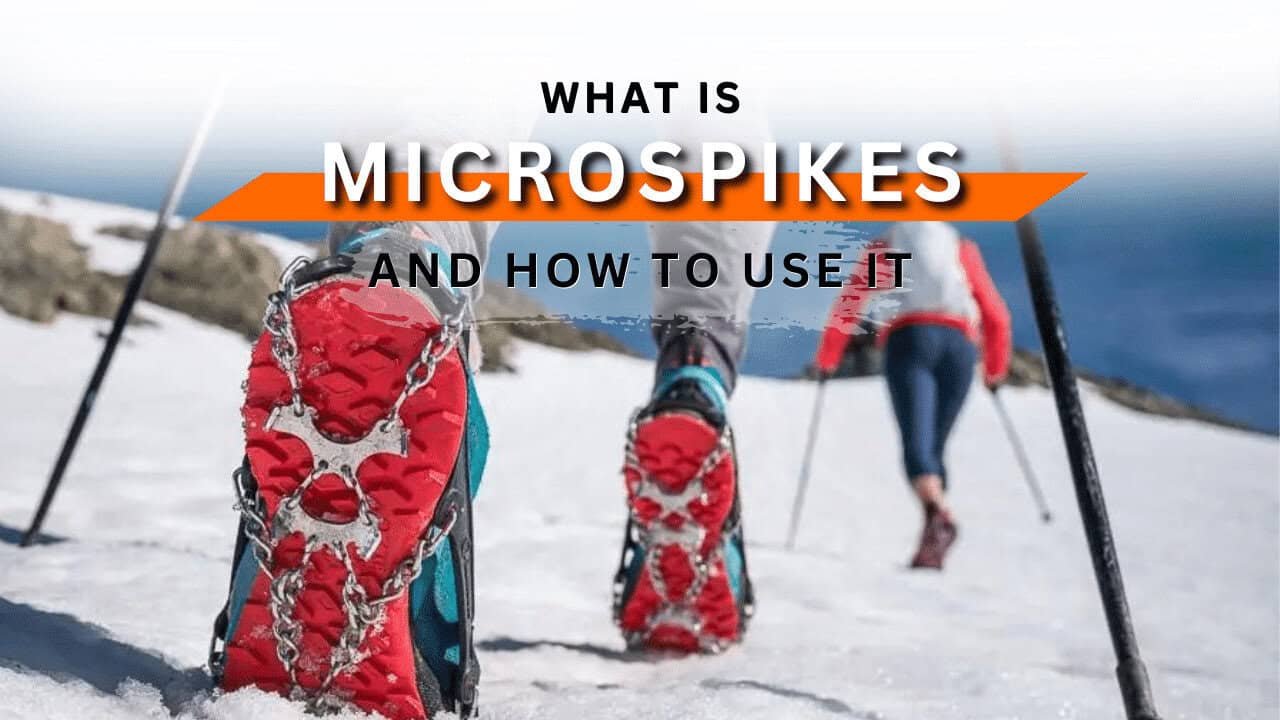
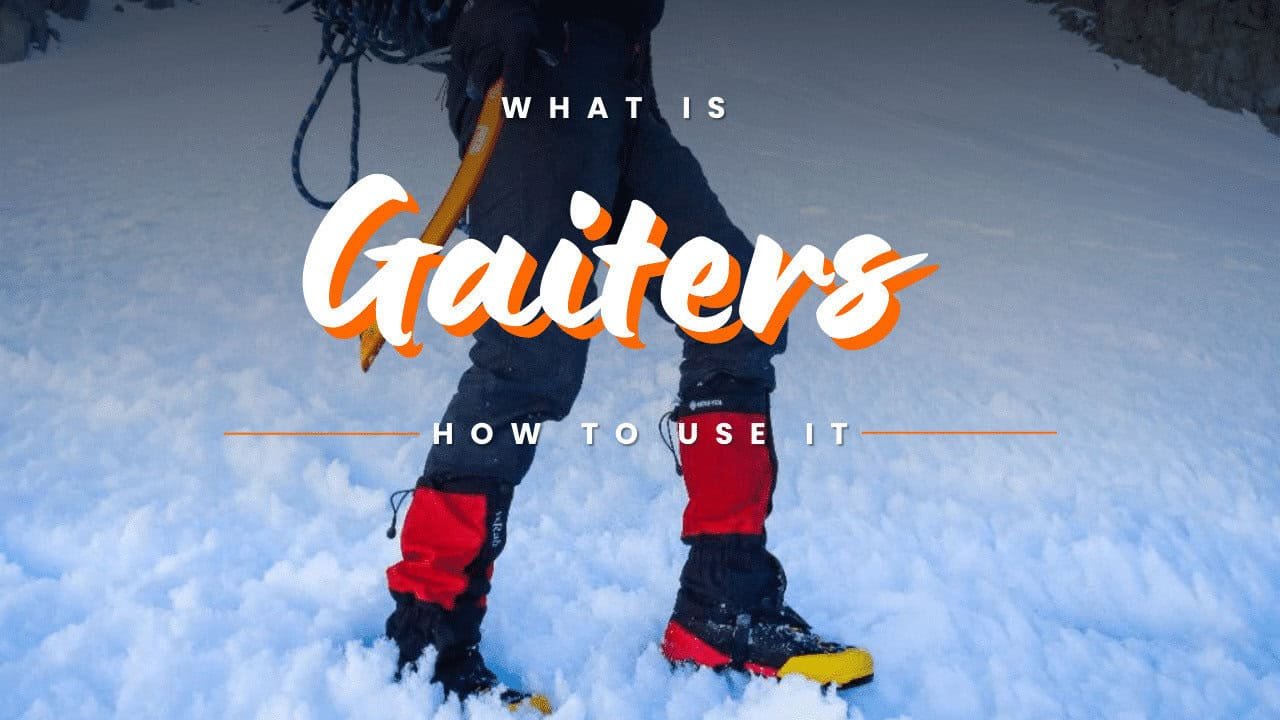
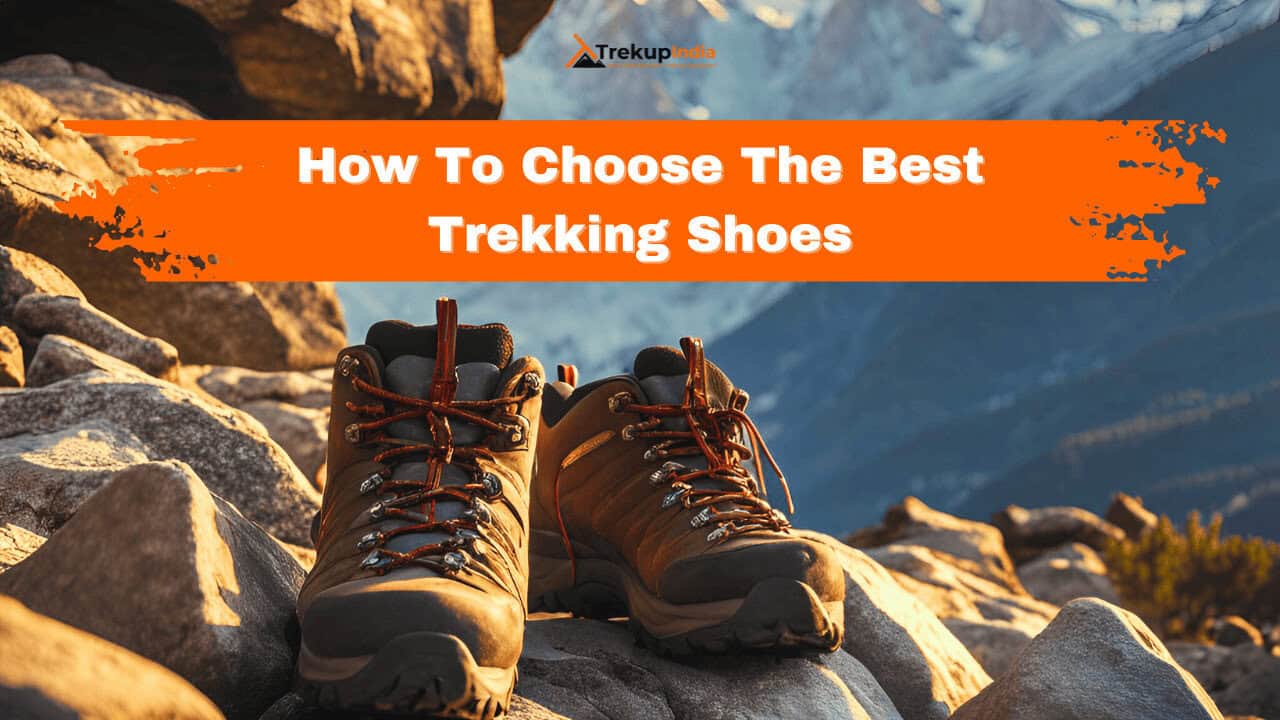



Know Everything About Acute Mountain Sickness
Acute Mountain Sickness occurs when people trek to high altitudes above 8,000 feet. This condition itself develops further due to reduced oxygen levels at such heights. Basically, as you go higher up, the air pressure and oxygen levels decrease, which causes the same problem. Acute Mountain Sickness surely causes headache, nausea, vomiting, and dizziness in affected persons. Moreover, peoples also experience difficulty in sleeping during this condition. To avoid mountain sickness, you should actually trek up slowly to higher altitudes. To learn further about this condition itself, watch the videos by Trekup India.
